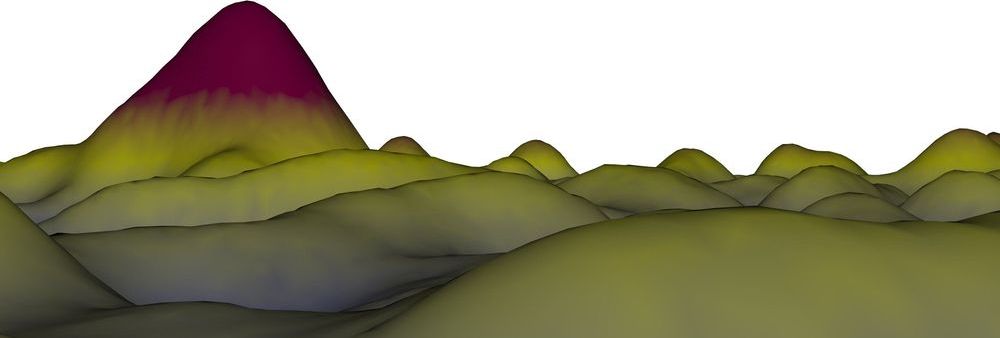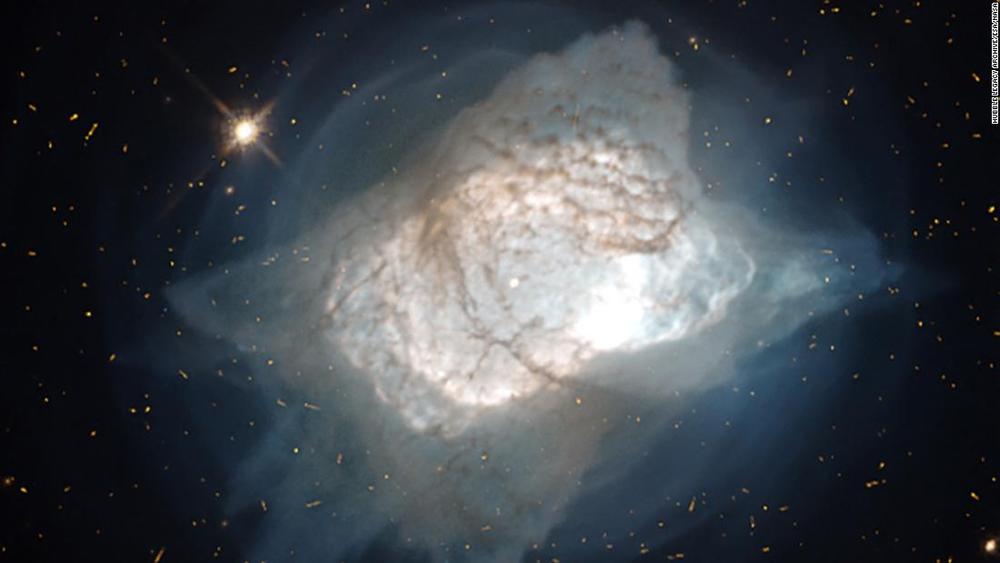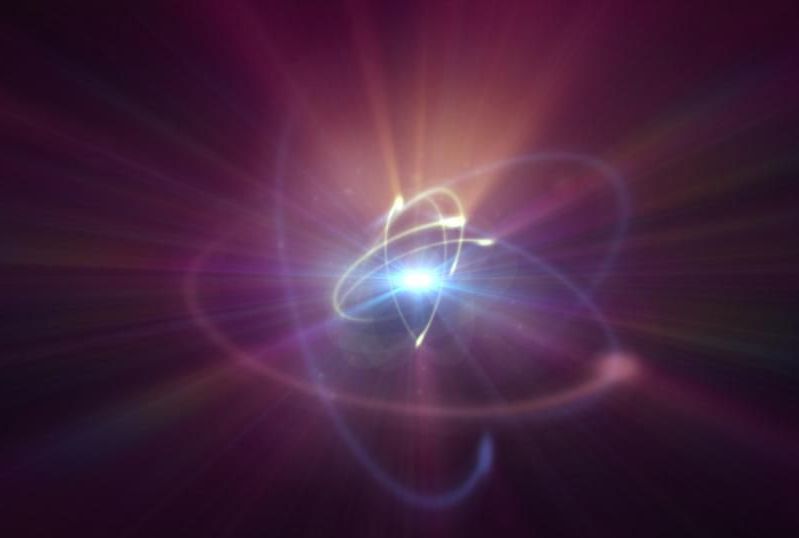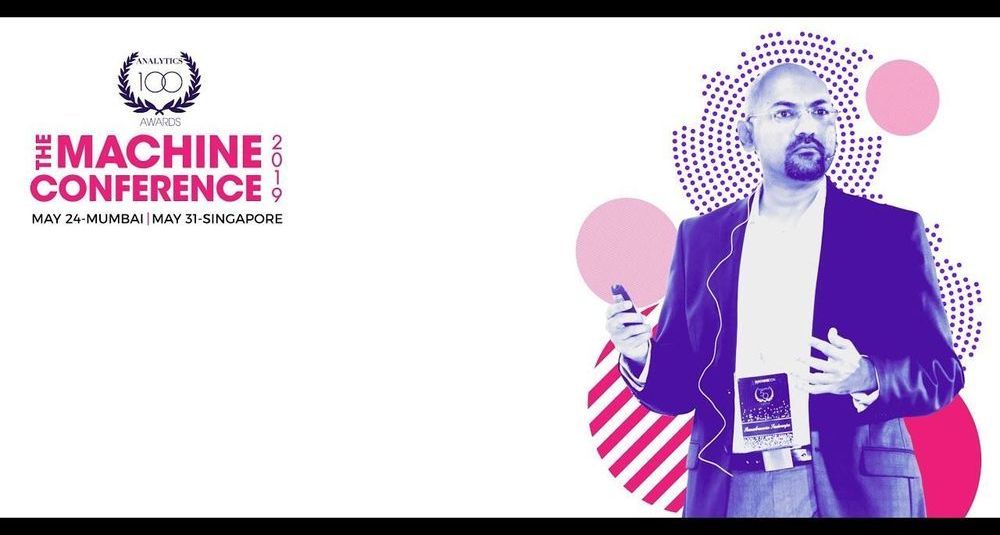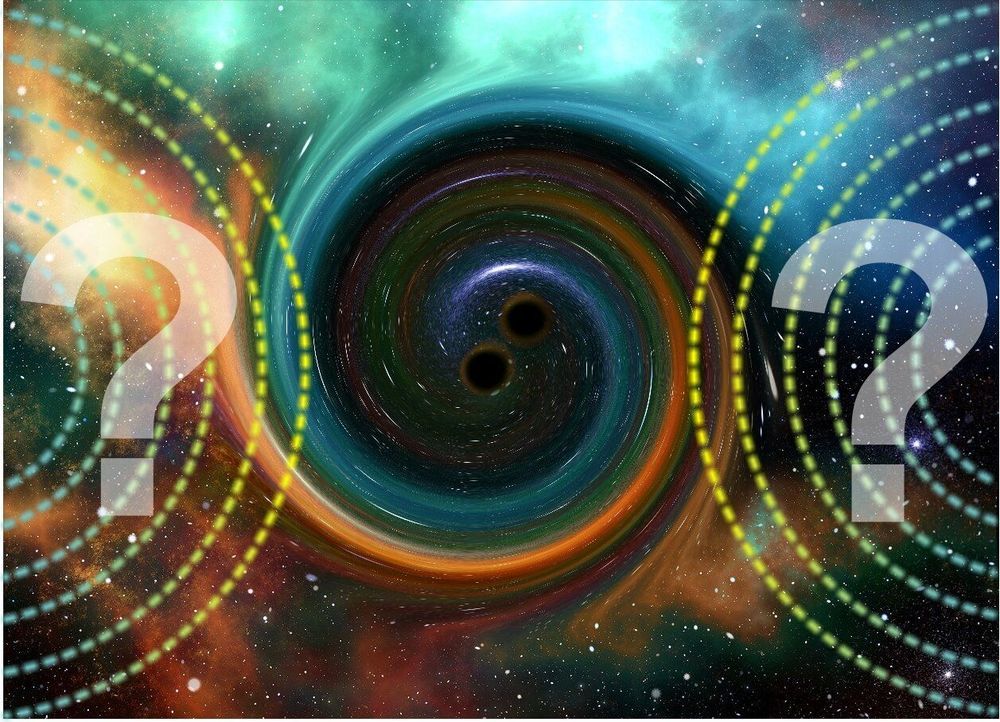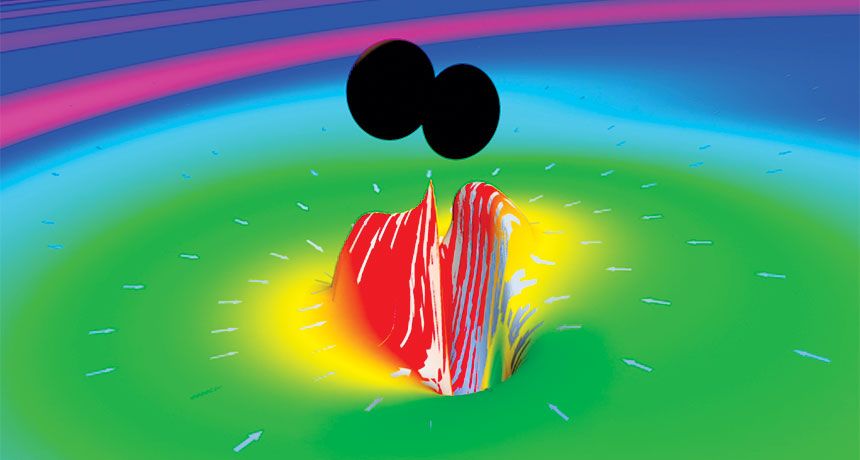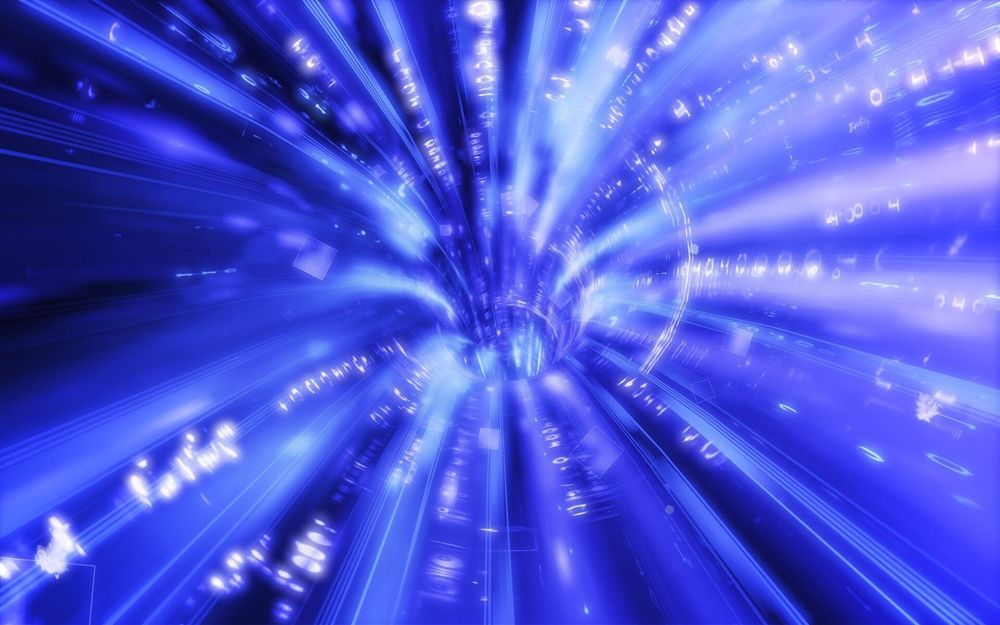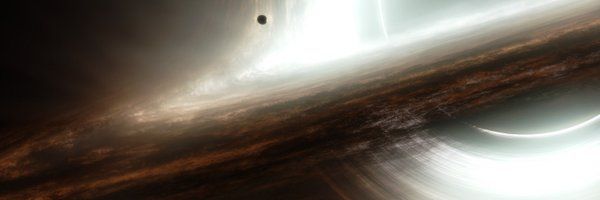Apr 18, 2019
Planck reveals link between active galaxies and their dark matter environment
Posted by Quinn Sena in categories: cosmology, evolution
Scientists have used the tiny distortions imprinted on the cosmic microwave background by the gravity of matter throughout the universe, recorded by ESA’s Planck satellite, to uncover the connection between the luminosity of quasars – the bright cores of active galaxies – and the mass of the much larger ‘halos’ of dark matter in which they sit. The result is an important confirmation for our understanding of how galaxies evolve across cosmic history.
Most galaxies in the universe are known to host supermassive black holes, with masses of millions to billions of times the Sun’s mass, at their cores. The majority of these cosmic monsters are ‘dormant’, with little or no activity going on near them, but about one percent are classified as ‘active’, accreting matter from their surroundings at very intense rates. This accretion process causes material in the black hole’s vicinity to shine brightly across the electromagnetic spectrum, making these active galaxies, or quasars, some of the brightest sources in the cosmos.
While it is still unclear what activates these black holes, switching on and off their phase of intense accretion, it is likely that quasars play an important role in regulating the evolution of galaxies across cosmic history. For this reason, it is crucial to understand the relationship between quasars, their host galaxies, and their environment on even larger scales.
Continue reading “Planck reveals link between active galaxies and their dark matter environment” »
